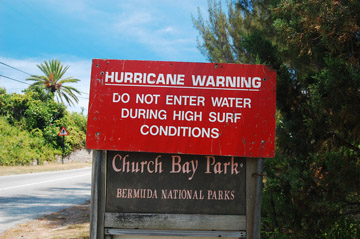THE KEY to getting through an event, be it an anthropogenic or natural disaster, is to develop a solid plan and prepare yourself for the most probable scenario. Taking steps in advance can seriously reduce your risks and potentially be the difference between catastrophe and inconvenience.
There are so many potential hazards, how do I identify risk?
Hazards can be categorized into three main categories: Natural, technological, and terrorism. A comprehensive list of hazards as well as an excellent manual for preparation can be found at the Federal Emergency Management Agency (FEMA).
